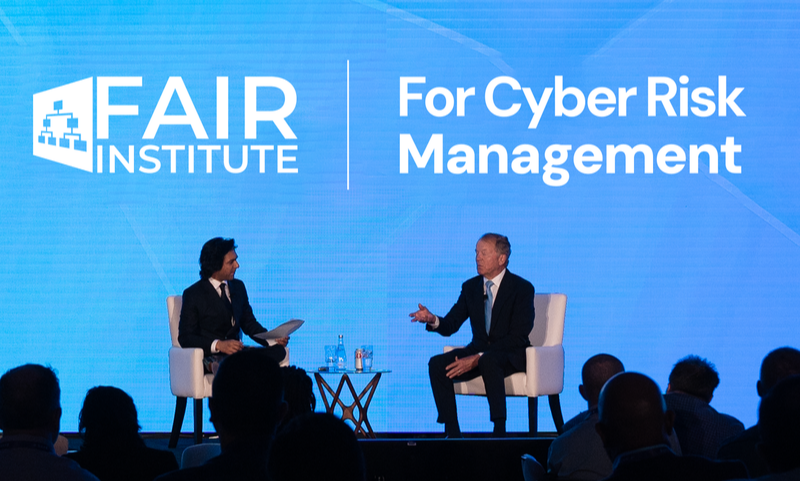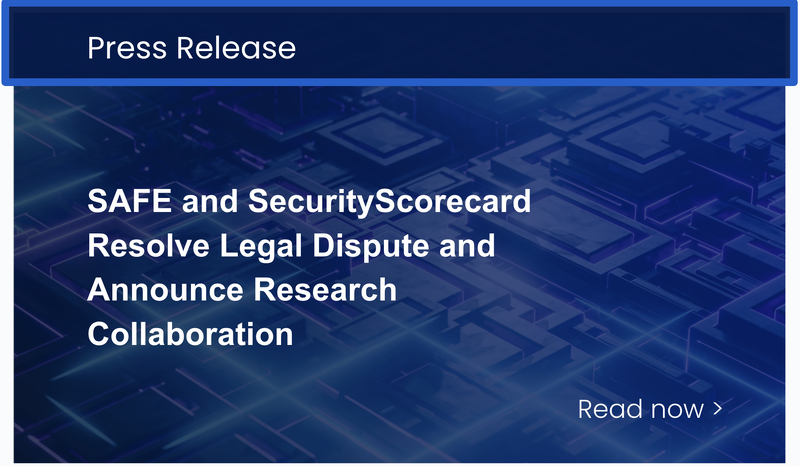Ask these questions before your supply chain gets disrupted
By Pankaj Goyal
It started with a simple email.
“Production delayed. Supplier hit by ransomware. More details to follow.”
As the CFO, your heart sinks. How bad could this be? A day? Maybe two?
But then, the weeks start adding up. Customers are irate. Contracts are breached. Revenue targets? Forget them. By the time the quarter closes, you’re looking at a 4% revenue shortfall—and a lot of questions from the board.
This isn’t just a nightmare scenario—it’s becoming the new normal.

Last year, multiple companies saw financial hits of 1-5% of quarterly revenue due to third-party cyberattacks. What used to be considered “an IT issue” is now a financial crisis.
Third-party risk management (TPRM) isn’t just about compliance or operational downtime anymore. It’s about your bottom line.
The supply chain has become a massive digital ecosystem, and every one of your partners is a potential vulnerability.
Key Questions Every CFO Should Ask on Supply Chain Risk
So, what can you do? You don’t need to become a cybersecurity expert—but you do need to ask the right questions and build a stronger partnership with your CISO.Here’s how:
1. Know the Risks in Dollars and Cents
Ask your CISO:
Which third parties pose the biggest risk to us? And what’s the financial exposure if one of them is breached?
Demand answers based on:
- The vendor’s extent of data access, network access, and capacity for business interruption and
- Risk scenarios that clarify how loss-generating events could occur.
Also seek data from the business continuity, security operations, and other teams that trackthe likelihood and impact of cyber events. Translate risk into numbers you can act on.
2. Shift from Compliance to Resilience
Too often, third party cyber risk management is treated as a questionnaire box-checking exercise. Challenge your CISO or other IT security leaders to focus on resilience instead:
- What steps are being taken to ensure the business can absorb a hit originating at a third partner and keep moving?
- What are the key controls facing third-party risk, and are we continuously monitoring their performance?
- Can we identify the third parties that could be a single point of failure, a business-critical function with no alternative?
3. Start Thinking of Third-Party Risk as Enterprise Risk
It’s a fundamental shift but a necessary one, given the high stakes.
Ask your CISO:
What if we begin to consider our third parties as part of our own attack surface?
Some implications quickly fall out:
- We need continuous reporting on the risk posture of our third parties.
- We need a consolidated view of third-party risk together with enterprise risk
- We need to start running a zero-trust environment that assumes no privileged status for third parties, especially those running our critical applications.
4. Collaborate with Your Third Parties on Risk Reduction
Another major shift from the status quo. Conventional due diligence requirements for supply chain partners are:
- Filling out a self-assessment questionnaire about controls in place at a point in time (and updated maybe yearly)
- Running a scan on internet-facing controls only.
Both are incomplete views. Your security team should:
- Ask critical vendors to access continuous, real-time controls reporting from the inside out.
- Create a portal that makes it easy for third parties to engage and share information, and measure the progress of risk reduction.
- Leverage AI to automate routine tasks, like submitting questionnaires or other evidence documents.
5. Make Cyber a Board-Level Issue
Cyber risk isn’t just about avoiding breaches – it’s about protecting revenue and shareholder value. Start positioning third-party risk as a financial risk, not just an operational one. Find allies on the board and in legal, compliance, business continuity, IT and other teams that are stakeholders in TPRM and ask: How can I raise the profile of third party risk in the broader context of enterprise risk?
CISOs Should Step Up Too on Third-Party Risk Management (TPRM)
CISOs, this is your moment to bridge the gap. It’s time to stop speaking in technical jargon and start communicating in business terms. Your CFO doesn’t need to know about firewalls or vulnerability scans—they need to understand how a supplier breach could cost the company millions. Frame your conversations around financial impact, not just threats.
Action Steps:
CFOs: Are you tracking the financial risks posed by third-party cyberattacks?
CISOs: Are you equipping your CFOs with the insights they need to act?
Let’s stop thinking of third-party risk as “just IT.” It’s business-critical, and it’s time we treated it that way.
SAFE for TPRM is the industry’s only AI-powered TPRM solution that empowers third-party risk leaders to quantify and manage third-party cyber risk with high automation and scalability. It combines cyber risk quantification with the advantages of outside-in security ratings, automated questionnaire-based assessments, inside-out scans, and zero-trust control recommendations.



